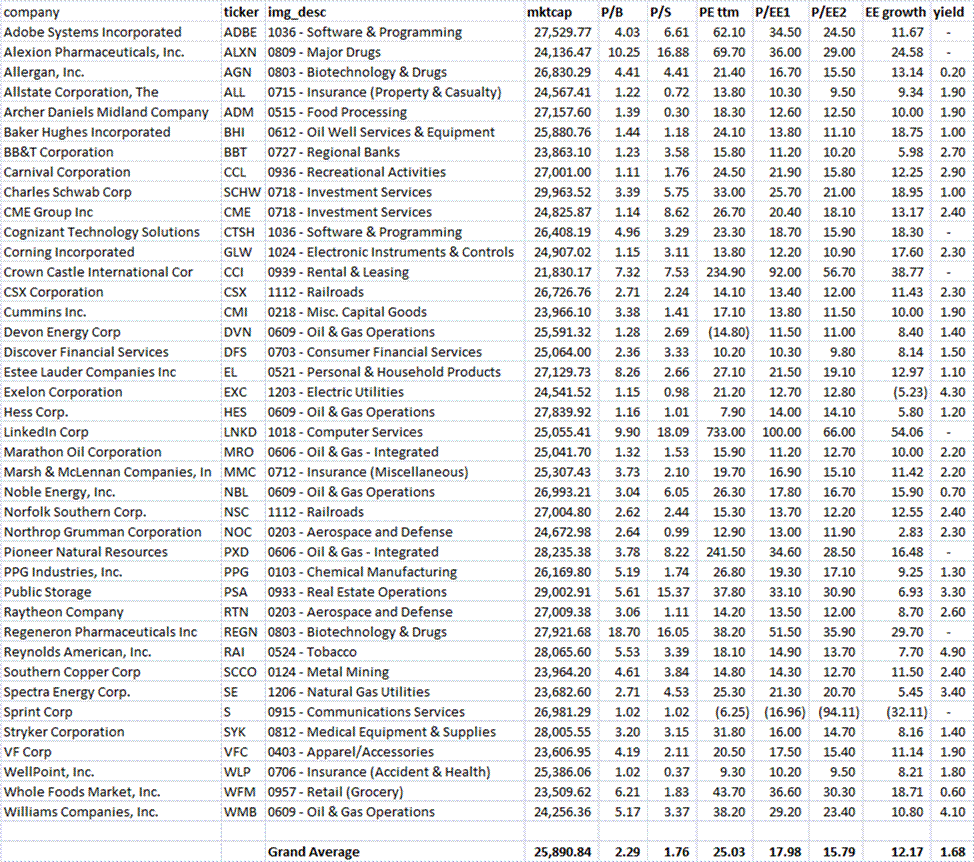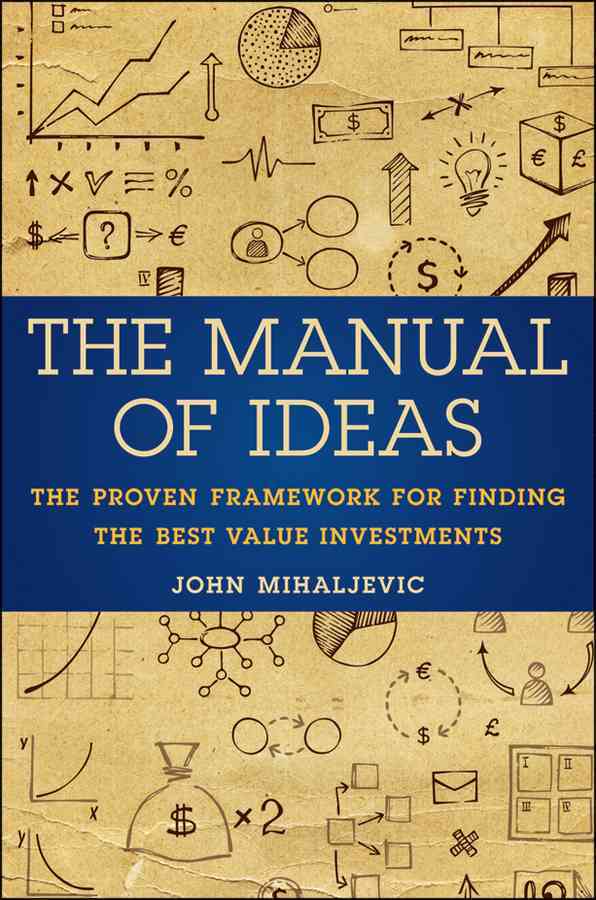This was originally published on RealMoney on April 16, 2007:
“I am a better investor because I am a businessman, and a better businessman because I am an investor.” — Warren Buffett
One of the things I try to do in my investing is analyze the quality of a management team. Though this is a squishy discipline, if I can be approximately right in this endeavor, I can add a lot of value.
I want to share with you the questions I ask management and the reasons I ask them because I believe they’re useful even if you never come face-to-face with a real live C-suite dweller. They cover six major areas:
- general topics
- financial
- competition
- pricing and products
- changing environment
- mergers and acquisitions
I try to analyze sustainable competitive advantage and the ability of managements to generate and use free cash flow, among other factors. (As an aside, in the insurance industry, I can kind of tell management quality by “feel.” I have worked for good and bad managements, and I know their characteristics intuitively.) I try to see if managements are economically rational, are focused on building long-term profitability and act in the interests of the outside passive minority investors who own their shares.
Personally, I am in favor of small-shareholder capitalism. By this, I mean that small investors should have the same access to management, not least of all through quarterly (and other) conference calls held. This view is partly driven by the inadequate questions asked by sell-side analysts.
Too often, sell-side analysts focus on the short run and qualitative variables in their models. The short term is overanalyzed, so I try to look to the longer term. That means most of my questions are about strategy. I try to figure out if the managements in question are — again — economically rational, focused on building long-term profitability and acting in the interests of the outside passive minority investors who own their shares. Or do they act for reasons other than maximizing value for mom and pop, a.k.a. you and me?
Though most of us are outside passive minority investors, pretend for a moment that you are a private-equity investor. There’s value to be had in understanding how an investor in the business would benefit in the absence of a secondary market for ownership interests. The value derived by a private-equity investor feeds slowly to the public equity investor in the short run but directly in the long run.
Then sit back and read through these questions. Prepare to ask them of the managements of the companies in which you are currently a shareholder. Imagine the answers, or even try to get them.
And adjust your holdings accordingly.
General Questions
What sustainable competitive advantages do you have vs. your competitors?
As with most of my questions, I usually have a reasonable idea of what the answer is likely to be. Part of my question is to test the competence and veracity of management. If it trots out some answer that is nonsense, that is a big red flag to me.
Given that most of the time I invest in mature industries, I want to hear answers that tell me the company has an expense advantage over competitors. That can be easily verified. Other possible answers include exclusive distribution agreements, patents, technological advantages and company culture.
Once I hear the answer, I try to analyze how much it makes sense. Has the company really created a “moat” that protects its profits from competition, or is it trying to fool me? I don’t always get a sharp answer, but the exercise is always valuable. Uncertainty leads to doing nothing or to a smaller position, which is always appropriate when you don’t have a big edge.
For instance, longtime readers know that I am a long-term bull on the diversified insurance company Assurant (AIZ). In most of Assurant’s business lines, it is the No. 1 or No. 2 provider in the businesses in which it chooses to compete. Part of that stems from locking up exclusive distribution arrangements, some from proprietary technology that would be difficult and prohibitively expensive to reverse-engineer.
To give another example, Allstate (ALL) and Progressive (PGR) are leaders in customer segmentation, leading to individualized pricing of personal lines coverage. Other major personal lines companies are playing catch-up, and the smaller mutual companies are losing many of their most profitable customers.
So these companies have a clear advantage, which management should be able to communicate quickly.
What single constraint on the profitable growth of your enterprise would you eliminate if you could?
Companies tend to grow very rapidly until they run into something that constrains their growth. Common constraints are:
- insufficient demand at current prices
- insufficient talent for some critical labor resource at current prices
- insufficient supply from some critical resource supplier at current prices (the “commodity” in question could be iron ore, unionized labor contracts, etc.)
- insufficient fixed capital (e.g., “We would refine more oil if we could, but our refineries are already running at 102% of rated capacity. We would build another refinery if we could, but we’re just not sure we could get the permits. Even if we could get the permits, we wonder if long-term pricing would make it profitable.”)
- insufficient financial capital (e.g., “We’re opening new stores as fast as we can, but we don’t feel that it is prudent to borrow more at present, and raising equity would dilute current shareholders.”)
There are more, but you get the idea.
Again, the intelligent analyst has a reasonable idea of the answer before he asks the question. Part of the exercise is testing how businesslike management is, with the opportunity to learn something new in terms of the difficulties that a management team faces in raising profits.
How are you planning on growing the top line?
This can be a trick question, particularly for industries in which pricing power is nonexistent. When there is no pricing power, the right answer is to focus on the bottom line and not sell underpriced business. The answer here can reveal whether the executive is a rational competitor and whether he has the courage to be honest with the analyst.
The sell side has a bias toward top-line growth, which is wrong in my opinion. Actions that improve the expense structure are just as important as new sales. Good managements have a consistent focus on the bottom line, whether it grows the top line or not.
Particularly in financial businesses, there is a tradeoff between quality, quantity and price. In good markets, you can get two out of three. In bad markets, you can only get one out of three, and if that one is growth in sales or origination, watch out. That business is a candidate for profit shrinkage, and possibly insolvency.
Good managements know when to step back from their markets when competition is irrational. In the short run, that may hurt the stock price, but in the intermediate term, it will keep them in the game. In the long run, it will help the stock price when the pricing cycle finally turns and a few stupid competitors are weakened or bankrupt from their past mispricing of business.
Full Disclosure: long AIZ



 Sara Eisen is smart.? How smart is Sara Eisen?? She can write twelve pages on currencies, invite some clever and opinionated people to write articles for her, and serve as editor of the book, and thus get top billing for a moderate amount of work.
Sara Eisen is smart.? How smart is Sara Eisen?? She can write twelve pages on currencies, invite some clever and opinionated people to write articles for her, and serve as editor of the book, and thus get top billing for a moderate amount of work.